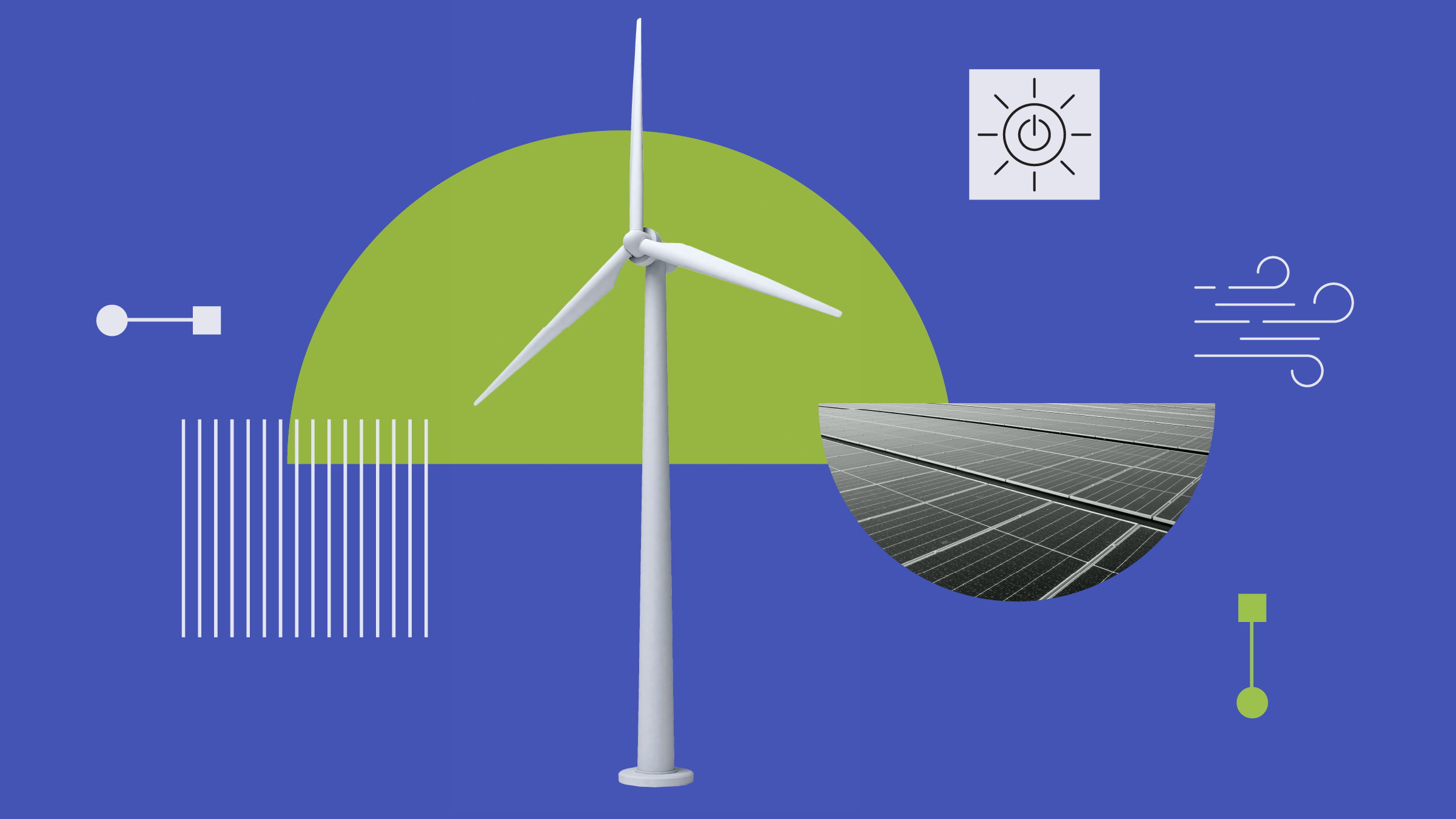Hello and welcome to Morningstar’s Guide to Investing. In the series so far we worked out how much you can afford to save and explained how to start building up your investment portfolio.
In this, the fourth video of the series we look in more detail at your savings goals. We know that the majority of you visiting Morningstar UK are investing for retirement. Thanks to medical and social advancements we are all living longer – meaning that our pension pot has to stretch even further.
To maximise your income potential in retirement, you should take advantage of your workplace pension. A Government initiative called auto-enrolment has ruled that all businesses regardless of their size must offer a pension plan by 2018, and automatically enrol their employees.
Your employer will match your contributions in a workplace pension up to a pre-agreed cap, and the Government will top it up with income tax relief – more than doubling your savings every month.
Because of the additional contributions a workplace pension is the most effective way to save for retirement, but if you can afford to save more or are self-employed you should consider a self-invested pension plan or SIPP. A SIPP is a tax-efficient wrapper which allows you to invest and trade in funds, stocks and bonds much like an ISA, but you cannot make withdrawals until you are pensionable age.
Pension providers categorise retirement saving into stages; the growth stage and the consolidation stage. These can help guide private investors’ decisions too.
In the growth stage which lasts around 30 years, a greater proportion of pension savers’ portfolios are allocated to higher risk assets such as equities, high yielding bonds and alternatives. Dividends are reinvested to maximise the benefits of compound interest.
In the consolidation phase – typically the last 10 years before retirement, portfolios are de-risked, invested in assets that prioritise capital preservation such as cash and bonds.
Remember the more you save now the more you’ll have in retirement, so top up that pension pot!





























